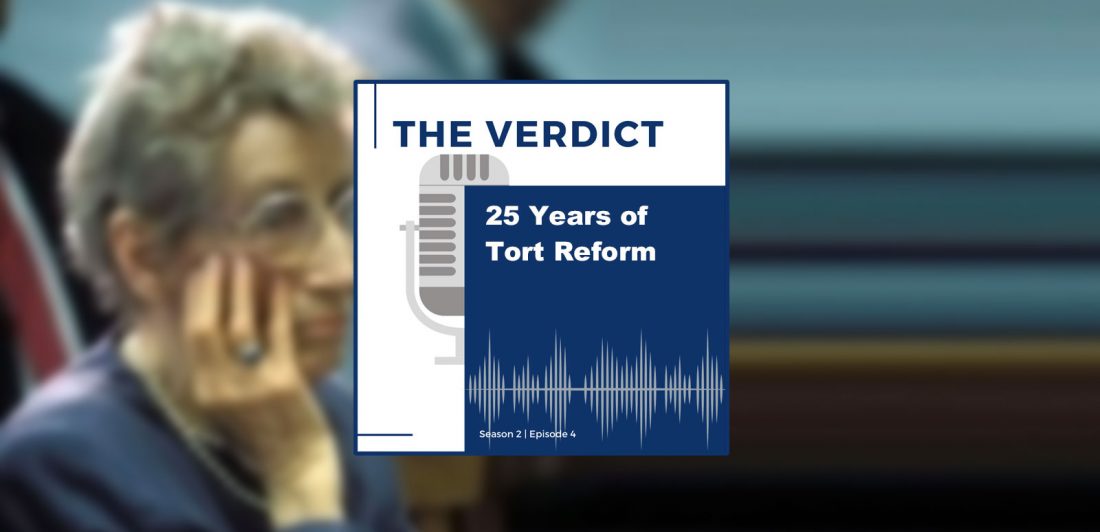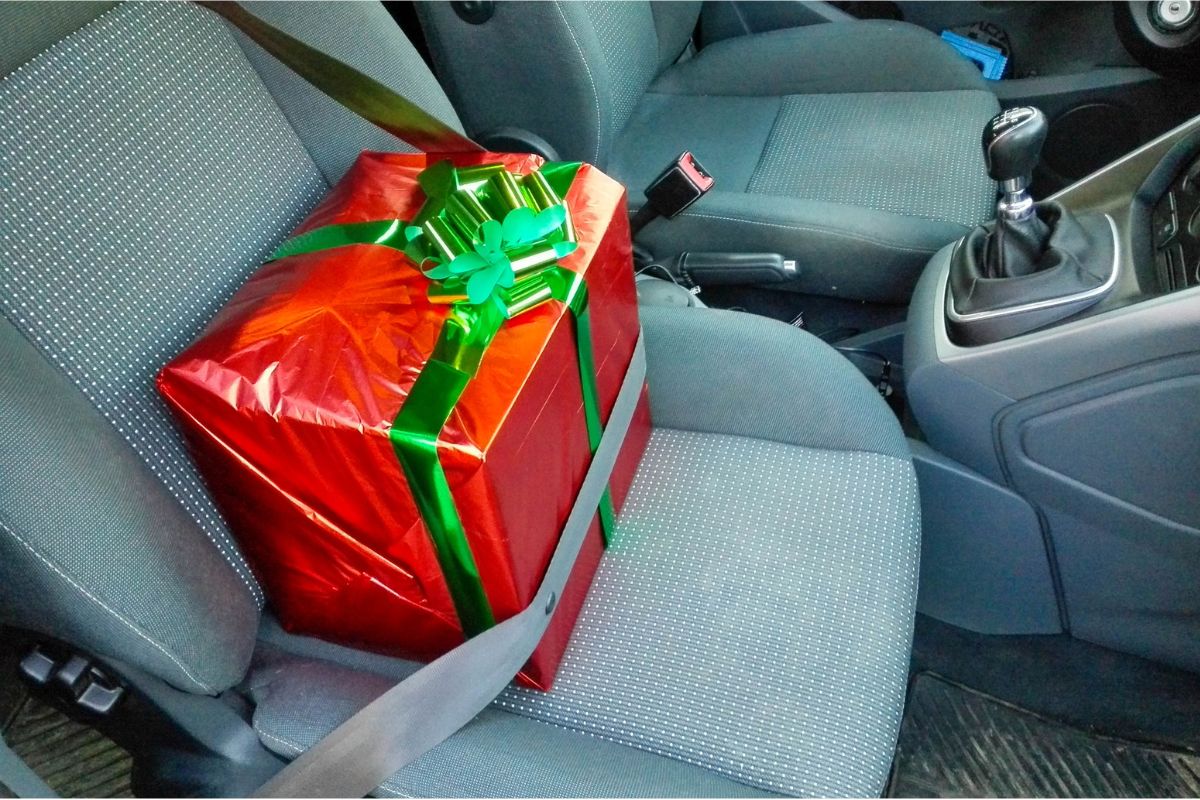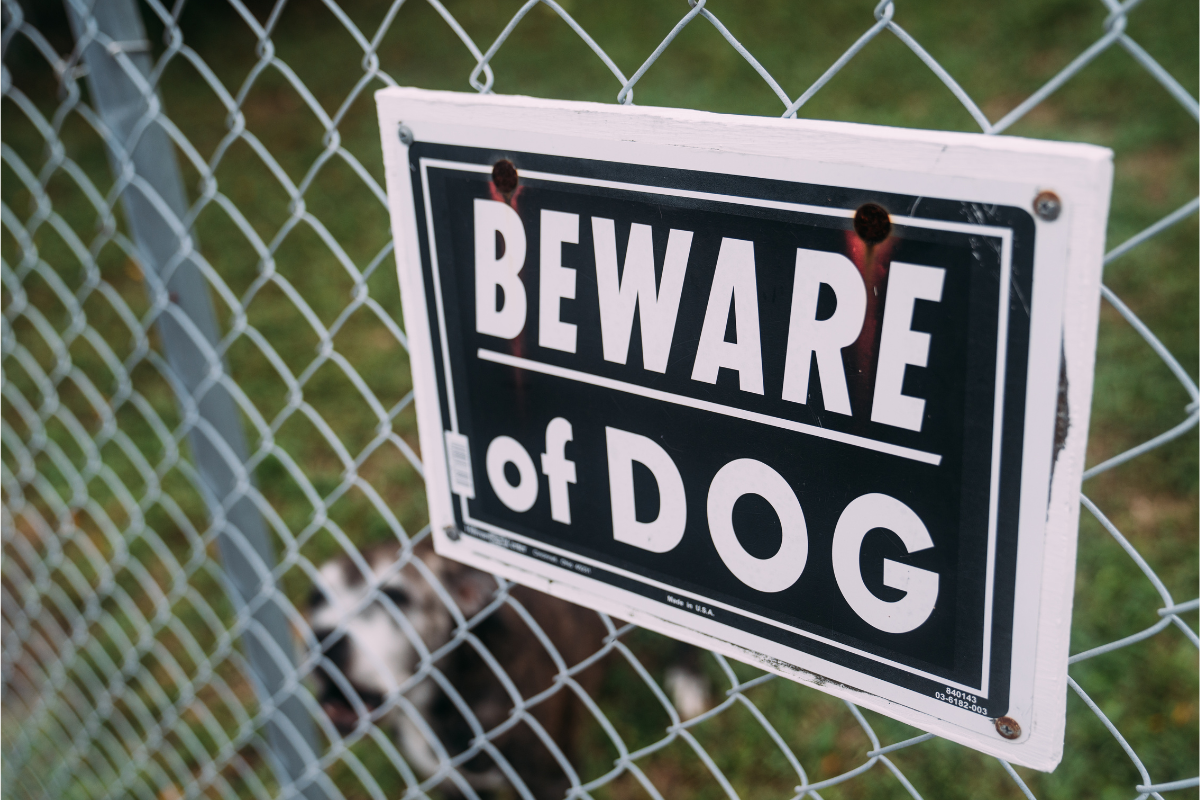It started with a morning cup of coffee and ended with a powerful corporation controlling the narrative. It’s the case that gave rise to attacks on personal injury attorneys. Further, it helped push a false narrative about frivolous lawsuits in America. It’s the case that many believe responsible for the comprehensive tort reform that significantly reduced the ability of victims to seek justice through civil courts. ABC News even called the case “the poster child of excessive lawsuits,” and the popular 1990s show Sienfield used a hot coffee lawsuit as the plot for one of its episodes.
It’s Liebeck v. McDonald’s Restaurants.
Despite living in the internet age with unlimited access to information and a documentary available for free, 25 years later, the case that was settled on August 18, 1994, remains the subject of speculation and misdirected outrage. The ability of a billion-dollar corporation to control public perception of the case, along with conservative lawmakers accepting billions of dollars from those corporations prompted sweeping changes in American tort law.
McDonald's Hot Coffee Lawsuit: The Facts
Once corporations gained control of the story, Stella Liebeck became a newly-minted millionaire grandmother, who got an easy payday. In reality, Stella Liebeck wasn’t looking for a major payday; she was looking for a fair settlement. She wasn’t a litigious woman who only filed the lawsuit against McDonald’s after the company disregarded the severity of her injuries.
The truth was that she was an elderly woman who endured extremely serious burn injuries to her pelvic region. Her injuries required surgery and skin grafts that cost her around $10,500 in 1994 (about $18,105.63 if adjusted for inflation in 2019).
Mrs. Liebeck never saw millions, but settled with McDonald’s for an undisclosed amount. According to her children, the undisclosed amount received by their mother went toward caring for her in her final years.
Who was Stella Liebeck?
Stella Liebeck was a 79-year-old woman from Albuquerque, New Mexico. On Feb. 27, 1992, her grandson drove her to the local McDonald’s where she ordered a 49-cent cup of coffee from the drive-through window. Her grandson parked the car to allow Mrs. Liebeck to add cream and sugar to her coffee. The 1989 Ford Probe Mrs. Liebeck and her grandson were in did not have cup holders. So Mrs. Liebeck, reasonably, placed the cup between her knees to remove the lid and add her cream and sugar. As she did so, the entire cup of coffee spilled on her lap. The cotton pants she was wearing absorbed the hot liquid and held it against her skin. The 180-190° coffee scalded her thighs, buttocks, and groin. She suffered third-degree burns in her pelvic region and required skin grafts.
Initially, Mrs. Liebeck had no intention to sue. She just wanted McDonald’s to cover her medical bills. Her injuries were so severe that her medical bills amounted to about $10,500 and future medical bills were estimated at approximately $2,500. Mrs. Liebeck’s daughter also sought recovery for her lost income from driving her mother to different hospital visits of income. In total, Mrs. Liebeck sought to settle with McDonald’s for $20,000.
McDonald’s offered $800.
Enter attorney Reed Morgan
The now infamous Hot Coffee Lawsuit began when Mrs. Liebeck sought the help of a personal injury attorney in a law office in Santa Fe, New Mexico. The firm she walked into just so happened to the be law office of an acquaintance familiar with Reed Morgan’s work on the previous hot liquid spill case.
At the time, Morgan was a plaintiff’s attorney running his law firm in Houston, Texas. Morgan’s practice emphasized assisting seaman injured as a result of working on vessels. However, he did work in other areas of personal injury law. Because he had settled a case similar to Liebeck’s, Morgan was aware of the long history of McDonald’s hot coffee spills and the related injuries.
“I thought at the time that whenever you can see a scenario like this where somebody is using a consumer product, and they’re doing something reasonable, it’s foreseeable that they’re going to spill a liquid—whether it’s a cold liquid or a hot liquid,” Morgan said. “I figured that when you wind up with deep third-degree burns and skin grafts, there’s got to be a better way for society to be functioning than buying drinks that are that scalding hot.”
Investigation
He began his research by asking why Liebeck had gotten such deep burns. Through speaking with Dr. Ken Diller at the University of Texas at Austin, he discovered the science of which he based the case against McDonald’s.
“There was a lot of literature on [skin burns] dating all the way back to World War II,” Morgan said. “So, I learned that it was scientifically proven that there is a time-temperature ratio… the tables will tell you at what temperature how fast the average skin will burn.”
Once he saw the temperature the coffee was kept in the decanter at McDonald’s, he understood why Mrs. Liebeck had gotten such deep burns.
What was the science Morgan presented to the jury?
While preparing the hot coffee lawsuit Morgan spoke with expert Dr. Diller. Morgan learned that liquid with a temperature of 180-190° could lead to third-degree burns in as little as two to seven seconds, and especially so if clothing absorbs the liquid. This is the temperature that McDonald’s admitted to keeping their coffee, based on a consultant’s recommendation for optimal taste.
Morgan’s expert on thermodynamics testified that if the coffee had been served at 155°, it would’ve cooled enough to avoid injury.
According to Morgan, consumer studies put the ideal temperature for consumption of coffee between 145-155°.
“At that temperature, if you were to spill a hot liquid on your bare skin while wearing shorts, you would get a second-degree burn,” Morgan said.
McDonald’s initially claimed that its customers intended to consume the coffee after they made it to their intended destination. However, the company’s own internal research showed that most of its customers drink coffee while still in their car.
McDonald’s Hot Coffee and the discovery of the 700 Complaints
During discovery, Morgan and his team found that between 1982 and 1992, McDonald’s received more than 700 reports from consumers burned by their coffee. Reports varied in burn severity, but the company spent about $500,000 settling burn injury claims in those ten years.
This historical data strengthened Liebeck’s case because 700 complaints show that McDonald’s knew about the dangers of its coffee. Still, the business failed to address the dangerous temperature levels of its coffee.
What’s so controversial about the Liebeck punitive damages?
After a weeklong trial, the 12-person jury used comparative negligence to find that McDonald’s was 80% at-fault for Mrs. Liebeck’s injuries. They awarded Mrs. Liebeck $200,000 but found her 20% at fault for her injuries thus reducing her award to $160,000. The jury then awarded Mrs. Liebeck another $2.7 million in punitive damages—or the total revenue McDonald’s makes from coffee sales in just two days. Punitive damages are a penalty to ensure that companies change their behavior. In essence, the jury said that Mrs. Liebeck did carry some blame for her injuries because she held the coffee improperly. At the end of the day, if McDonald’s served its coffee at a reasonable temperature, it would have been unlikely that Mrs. Liebeck’s injuries would’ve been so severe.
The parties eventually settled out of court, but the final figure of how much Mrs. Liebeck received is not public knowledge.
Still, it is the $2.7-million verdict that stands out in people’s minds when they think about the McDonald's Hot Coffee Lawsuit.
Lawsuits are frivolous until it’s your own
In the mid-1990s, Stella Liebeck’s injuries were largely ignored. The media and lawmakers dismissed the facts of the case in favor of pointing to what they viewed as an outrageous jury award. There are three primary reasons the public remains so misinformed about the Liebeck case include the following:
- The focus on the jury-awarded punitive damages.
- A concerted political campaign to skew public opinion in favor of tort reform.
- A failure to report the injuries distorted the case in the mind of the public.
These three elements kickstarted the move toward tort reform through capping damages and continues to aid in the erosion of the 7th Amendment.
What people miss about personal injury lawsuits is that they exist to improve consumer safety. In fact, numerous reports say that the McDonald’s in Albuquerque when Liebeck was burned, now sells its coffee at 158°. At this temperature, a person who spills the liquid on themselves would suffer third-degree burns in about 60 seconds. This means that the margin of safety has increased as a direct consequence of this case.
A lesson for attorneys
More than tort reform, there is another reason that attorneys can learn from Liebeck v. McDonald’s. It’s a lesson in media training.
Morgan says that the one thing he would have done differently in the Hot Coffee Lawsuit is speaking to the media.
“If I had to redo it, I would have been more accepting of anybody that wanted to do a television interview, so I could get the truth about the science behind it out and what really happened,” Morgan said.
Morgan continues to practice law and is Of Counsel to The Carlson Law Firm. Since the Liebeck case, Morgan’s work has primarily emphasized assisting those who work in the maritime field dealing with life or death illnesses.
Do you want to hear more from attorney Reed Morgan on the Stella Liebeck case? Check out a bonus episode of The Verdict, our podcast where personal injury meets storytelling.




